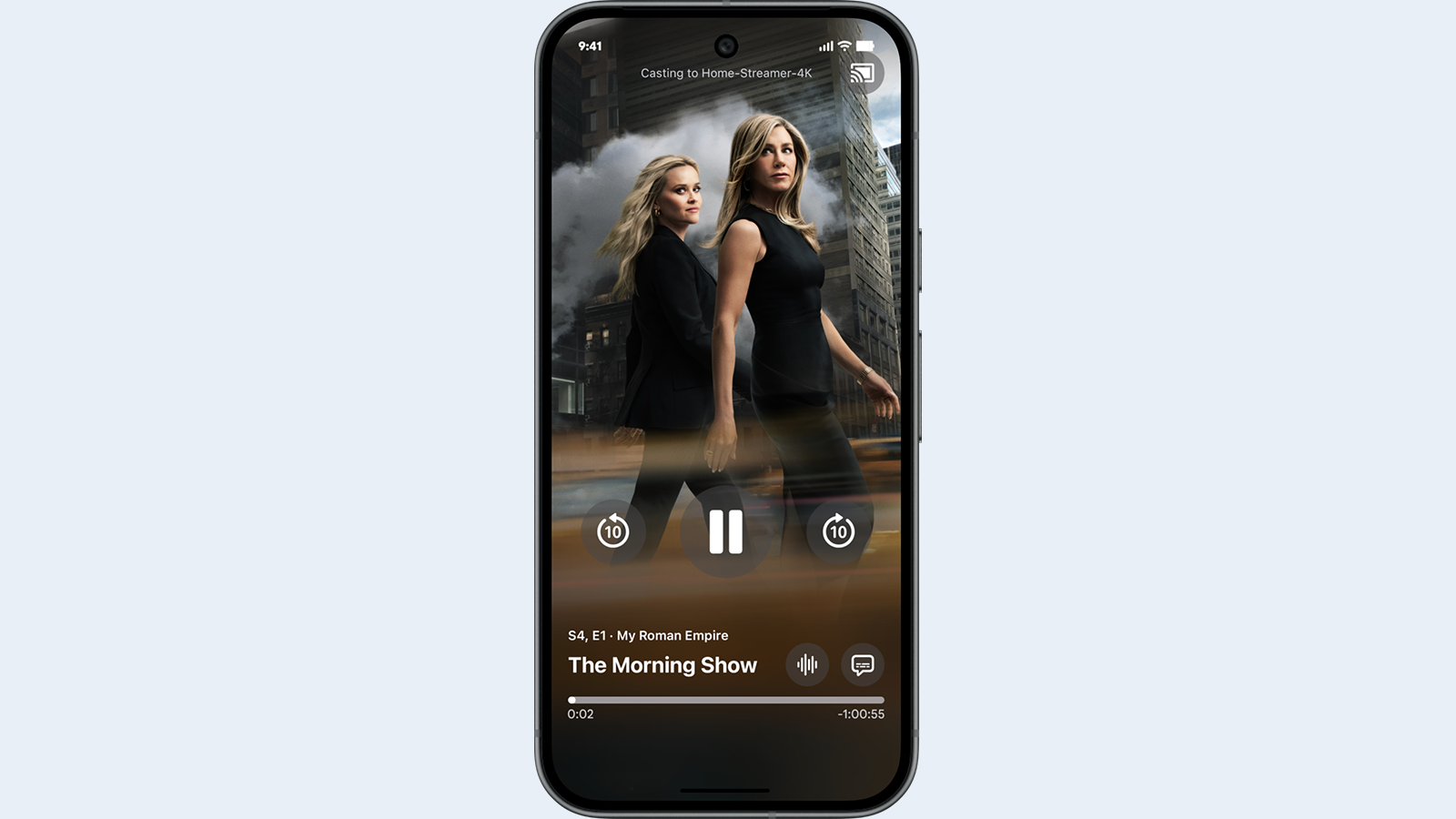'It doesn’t have to be on the television set anymore,' says IBM researcher

Last week, the IBM Institute for Business Value released the results of a survey conducted in the spring to investigate the shifting ways people are using television, mobile devices and the Internet to view content and what types if ads they prefer for each.
The results, part of the "U.S. Consumer Research Digital Entertainment & Media April 2007" report, shed light on the changes that are underway in content distribution and consumption. IPTV Update spoke with Saul Berman, IBM partner and global executive, Strategy and Change, Media and Entertainment Practice, one of the authors of study to discuss its findings and their implications.
IPTV Update: One of the observations from the report as relates to digital video recorder use is that most of the respondents with DVRs reported a shift to using replay as opposed to watching live “laying the foundation for large scale ad skipping.” Could you elaborate and how do you see this playing out in terms of time frame?
Saul Berman: We think it clearly has the potential impact to be pretty significant. We are already seeing some changes because of it in terms of how advertising impressions are measured. We think increasingly people will pay for involvement, if you will, rather than impressions because they want to see how long you spend with it; did you really watch it; did you do anything after you watched it.
People are also experimenting with new ways and places to put advertising in or around or embedded in the content. So we think it’s taken awhile for DVRs to really become mainstream. It takes a while for what we call “the massive passives” to adopt the technology and learn how to use it. Even though they have it, it will take awhile before they start recording, skipping and changing their viewing habits because of the advanced technology interaction or interface that may be required.
But we increasingly see that people are adopting these devices. That’s not new information that 24 percent of people in the U.S. now have access to such a device. You’ll find that over a third of them are now watching programming according to their own schedule whenever they want as opposed to when it was programmed on the air, so we do think it does have impact in terms of advertising; it has impact in terms of programming and programming adjacencies; and it does have impact potentially over the long term of increasing brand importance. In other ways, it has the potential of reducing control of a limited number of brands because they control the major on-air channels. Now, increasingly as we get into this environment where we can get more content from more places and record with it, bandwidth becomes much more infinite.
IPTV Update: One of the findings related to what factors respondents believed would increase their use of mobile and Internet entertainment showed that the top factor — selected by 41 percent of respondents — was having one site that had everything they wanted. Where does Internet TV stand today in terms of convenience in finding desired content and where does it need to go to reach its full potential?
Saul Berman: To reach its full potential, using music as an analogy, somebody needs to provide an easy-to-use ecosystem that includes all of the elements of it. So for instance, today people are watching and expressing interest in watching videos online, but still a relatively small percentage, less than 10 percent, are uploading videos.
The professional video industry's #1 source for news, trends and product and tech information. Sign up below.
Part of this is everything needs to be easy for it to expand beyond what we call “the Cool Kids and the Gadgeteers” and to become mass.
The other piece of that is people don’t want to have to go to multiple sites to find the content. Again, as in the music case, there were company-specific and music-brand sites, initially. Then people came along like Apple and then Napster and Rhapsody that aggregate the content across all the different music labels and independents increasingly. Similarly in the video space, the consumer would prefer to go to one place and find all of the relevant content they would like to look at rather than have to worry about who is the brand and whose site owns the rights to show me or make available to me the particular content brand I might we looking for at that particular point in time.
IPTV Update: Much has been made out of the lean-forward Internet experience as opposed to the sit-back TV viewing experience. Since the number of TV households that will be able to connect to a broadband Internet service may rise to as many as 75 million over the next few years, I was wondering how this change might factor into the Internet TV experience.
Saul Berman: Yeah, I think we are going to live in a bi-modal world for the next three to five years as we’ve said previously. Technology is going to continue to advance, and some people are going to be on the leading edge of it, and the majority of the audience is going to follow when it’s easy-to-use. So when we talk about Internet TV as opposed to IPTV today, there are lots of models out there being shown or even sold, but they are not ready for primetime. We think it will be a few years before those things are ready to be adopted by a mass audience.
Having said that, we think the data in our study would indicate that people will watch video on their mobile device as well as their PC. It doesn’t have to be on the television set anymore, and that’s a key point here. But it’s got to be in a way that they can do it easily and they don’t need their favorite geek or someone technical to help them have that enjoyable experience.
Now in terms of the lean-forward or sit-back experience, what we’ve found up to now is that there’s a different group of people, and the same people at different points in time may want the lean-forward or sit-back experience. I think we are all increasingly becoming more interactive, even in our sit-back experiences. We would think the average level of interactivity will go up with content, but there will be times when we just want a passive sit-back experience and other times when we do want the more interactive experience.
IPTV Update: The report indicates respondents selected TV broadcast and cable network ads as the most effective form of advertising. I was wondering how you reconcile that with the report’s finding that consumers are enjoying the opportunity to use their DVRs to skip past commercials.
Saul Berman: Those are two different questions. When you say which is most effective, on the television if you are unable to skip it, by definition it may be more impactful or more effective, which is part of the challenge of how do we fund content so people don’t have to watch the commercials. We have to find other ways to do that.
Having said that, when we asked people whether they would like online content to be ad-supported, free or pay for it by the use, obviously they prefer it for free. But they said in the majority of cases — 63 percent — they would watch advertising before or after quality content rather than pay a fee for it.
So, people don’t prefer advertising, but given the choice of paying for content or having advertising-supported content, they still seemed to favor experiences elsewhere. Their behavior supports that they’ll still put up with the advertising. Now the challenge is to make the advertising more engaging and make it more interesting. We think the line between advertising and content itself may morph, and the two may become more integrated in the future.
IPTV Update: What is the most important lesson broadcasters, Internet TV content providers and IPTV operators can learn from this report?
Saul Berman: I think one of the things they can certainly learn is that change is happening, and it is happening maybe quicker than we and others may have anticipated a year or two ago. I think they can see that as technology becomes more user-friendly, as the ecosystem becomes more complete, people are more rapidly adopting and becoming comfortable with the technology.
We think if you are an advertiser, you need to be thinking about your role in this future value chain. You are going to have to provide something beyond the creative role that you provided in the past, and you are going to have to provide more insight on a cost/channel basis. We think if you are a cable company, you are going to have to invite and aggregate other forms of content into your, what we would call, “media portal.” If you are a broadcaster or content owner, we think increasingly you have to be looking at these new media formats, getting your content out there, and what are the new ways you are going to monetize them in these new formats, which is going to be different from the traditional formats.
IPTV Update: Is there anything else you would like to add?
Saul Berman: I think you can’t lose sight of the fact that the market is segmented. The market is fragmenting, so we have to be a little careful about universal statements and the fact that one size doesn’t fit all and that we live a world that is going to be changing.
Different groups are going to be doing different things. We are going to make money in different places as well as in some of the ways and places we traditionally made money. The challenge is to manage your way through the change and across the different platforms so that you are going to be part of the market in the future.
Tell Us What You Think!
IPTVU invites response from our readers. Please submit your comments to editor@broadcastengineering.com. We'll follow up with your comments in an upcoming issue.
